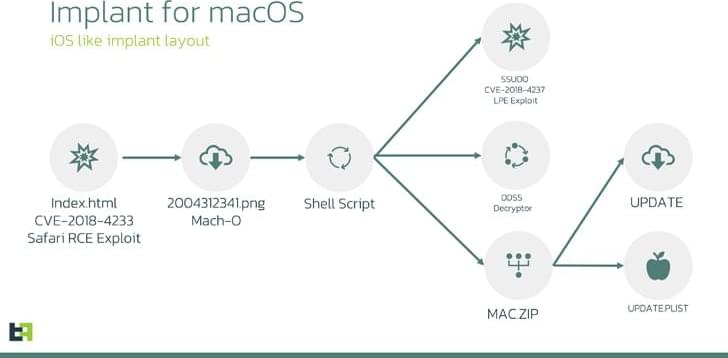NASA’s Lucy spacecraft’s recent exploration of asteroid Dinkinesh not only highlighted the asteroid’s internal complexities but also led to a fascinating discovery: the formation of a double moon, Selam. This rare configuration, known as a contact binary, formed from debris orbiting Dinkinesh after a significant geological event. Credit: NASA/SwRI/Johns Hopkins APL/NOIRLab.
NASA ’s Lucy spacecraft’s November 2023 flyby of asteroid Dinkinesh revealed significant geological features indicating its internal strength and complex history. Images showed a trough, a ridge, and a contact binary satellite, Selam. These findings, suggesting that Dinkinesh responded dynamically to stress over millions of years, help scientists understand the formation and evolution of small bodies in the solar system.
Images from the November 2023 flyby of asteroid Dinkinesh by NASA’s Lucy spacecraft reveal intriguing details. They show a trough on Dinkinesh where a large piece — about a quarter of the asteroid — suddenly shifted, a ridge, and a separate contact binary satellite (now known as Selam). Scientists say this complicated structure shows that Dinkinesh and Selam have significant internal strength and a complex, dynamic history.







